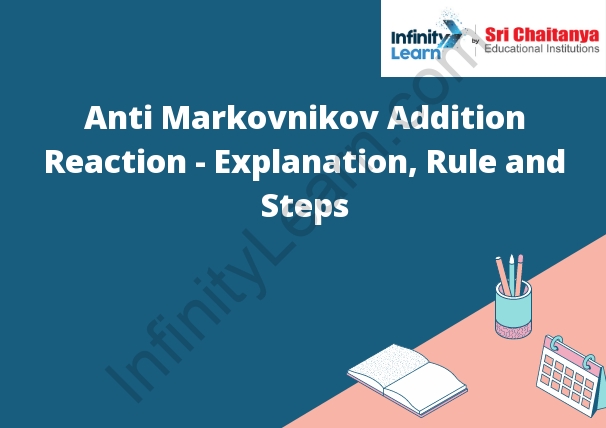Table of Contents
anti-markovnikov-addition-reaction
In an anti-Markovnikov addition reaction, the electron-rich alkene adds to the electron-poor alkane molecule in a way that results in the formation of a more stable carbocation intermediate. In the classic Markovnikov addition reaction, the electron-poor alkene adds to the electron-rich alkane molecule, resulting in the formation of a less stable carbocation intermediate.

Explanation of the term
The term “rule of thumb” is a metaphor derived from the use of a thumb as a rough measurement tool. The term generally refers to a general principle or guideline rather than a precise measurement.
The Mechanism of Anti-Markovnikov’s Addition Rule With an Example
The anti-Markovnikov’s addition rule is a chemical reaction that results in the addition of a hydrogen atom to the carbon atom of an alkene molecule in a way that goes against the normal Markovnikov’s addition rule. This rule states that, in the presence of an acid catalyst, the hydrogen atom added to an alkene will attach to the carbon atom that is closest to the acid.
The anti-Markovnikov’s addition rule is most commonly achieved through the use of a base catalyst. In the presence of a base catalyst, the hydrogen atom added to an alkene will attach to the carbon atom that is furthest from the acid. This rule is often used to produce alkanes that have a higher degree of saturation than what can be achieved through the use of the Markovnikov’s addition rule.
An example of the anti-Markovnikov’s addition rule in action can be seen in the reaction between ethylene and hydrogen gas. In the presence of an acid catalyst, the hydrogen atom added to ethylene will attach to the carbon atom that is closest to the acid. In the presence of a base catalyst, the hydrogen atom added to ethylene will attach to the carbon atom that is furthest from the acid.
Anti-Markovnikov Rule
The anti-Markovnikov rule states that when an alkene reacts with an HBr (or any other hydrogen halide), the hydrogen attaches itself to the carbon atom that is attached to the most hydrogen atoms. This is opposite to the Markovnikov rule, which states that the hydrogen attaches itself to the carbon atom that is attached to the least number of hydrogen atoms.






